This article was medically reviewed by Victor Catania, MD. Dr. Catania is a board certified Family Medicine Physician in Pennsylvania. He received his MD from the Medical University of the Americas in 2012 and completed his residency in Family Medicine at the Robert Packer Hospital. He is a member of the American Board of Family Medicine.
There are 8 references cited in this article, which can be found at the bottom of the page.
This article has been viewed 378,504 times.
Mallet finger is a condition in which the tendon in the outermost joint of a finger is ripped, causing the tip of the finger to droop. Also known as "baseball finger," it is an injury that is typically sustained while playing sports. However, any action that bends the joint further than it is meant to bend can cause mallet finger. You can even fall victim to mallet finger while making a bed.[1]
Steps
Providing First Aid
-
1Diagnose the injury. First you should try to ascertain whether your injury is actually mallet finger. If you do have mallet finger, the last joint in your finger (the one closest to the nail) will be in pain. The joint will be bent downward and will be immobile, making it impossible to fully straighten.[2]
-
2Apply ice indirectly. Ice will help reduce swelling and tenderness in the joint. However, you should not rub ice directly against the skin. Wrap ice in a towel or take a bag of frozen vegetables and place it on the joint.[3]Advertisement
-
3Take medication to regulate pain. If you find that you are in severe pain, some readily available medications can help ease your discomfort. These include: Advil, Motrin, Aleve, Naprosyn, and Tylenol. Take these throughout the healing process if pain persists.[4] These medications (except Tylenol) are also anti-inflammatories, which can reduce swelling in addition to pain.
-
4Make a temporary splint. You should visit a doctor to purchase a professionally constructed splint, but until you can do so, you can try to create a splint that will straighten your finger. Take a popsicle stick and place it along the underside of your finger. Wrap adhesive tape around your finger and the object so that the tape holds your finger tightly against the stick and provides padding for your finger.[5] The goal is to keep the fingertip straight.
- If your finger bends at all, it can set back the healing process. Any straight, solid item will work as a splint so long as it is strong enough to hold the finger in place. It is also imperative that the tape is wrapped around tightly so that you do not have enough mobility to bend your finger, but not so tight that you cut off circulation or cause the finger to become numb or discolored.
Seeking Professional Medical Assistance
-
1See a doctor immediately. The sooner you can visit a doctor and receive a professionally constructed splint, the quicker your injury will heal. You should aim to visit a doctor within a few days, if not the same day of the injury. The doctor will take x-rays and determine whether the tendon was in fact ripped, and whether it took a piece of your bone with it. She will also prescribe treatment — usually a splint.[6]
- In rare instances where wearing a splint would seriously impede your work — if you were a surgeon for example — it is possible to have a pin inserted into your finger to keep it straight.
-
2Pick a splint. There are several types of splints available. Each will affect the way that you are able to use your finger in different ways. Discuss your habits and occupation with your doctor so that he can better understand what the best fit is for you. Options include the stack splint, aluminum splint, and the Oval-8 Finger split. The last of these covers the least of the finger and will typically be the least invasive.
-
3Wear your splint properly. Make it tight enough to keep your finger completely straight. If the finger is bent you may develop painful pressure sores at the knuckle. Don't make the tape so tight that the tip of your finger feels uncomfortable or looks purple.[7]
-
4Wear your splint constantly until told otherwise. Although it might be uncomfortable, it's imperative that you keep your finger straight at all times. If your finger does bend at all, the healing tendon might rupture. If that happens, you might need to restart the healing process from the beginning.[8]
- It can be especially tempting to remove your splint while showering. One of the advantages of the Oval 8 splint is that it can get wet. If you are using a different splint, put your finger in a plastic bag or use a glove.
-
5Follow up with your doctor. After approximately six to eight weeks the doctor will likely modify your treatment.[9] If you are making progress, he or she will begin to wean you off the stint, so that you might, for example, be instructed to only wear it only at night.
-
6Undergo surgery. Surgery is rarely necessary for mallet finger. However, if your x-ray suggests that your bone was also fractured during the injury, surgery might be required. Otherwise, surgery is not recommended. The outcomes from surgery are typically no better and sometimes worse than conservative treatment with a splint.[10]
- Approximately ten days after surgery you will meet back up with your doctor to remove the sutures and monitor the progress of the healing.
Warnings
- The process of healing will take some time. You should expect to be in a cast consistently for at least six weeks, possibly more, depending on your progress.[11]⧼thumbs_response⧽
References
- ↑ http://orthoinfo.aaos.org/topic.cfm?topic=a00018
- ↑ https://www.assh.org/handcare/condition/mallet-finger
- ↑ https://myhealth.alberta.ca/Health/aftercareinformation/pages/conditions.aspx?hwid=zp4197
- ↑ https://medlineplus.gov/ency/patientinstructions/000538.htm
- ↑ https://my.clevelandclinic.org/health/diseases/21825-mallet-finger#symptoms-and-causes
- ↑ http://emedicine.medscape.com/article/1242305-treatment#aw2aab6b6b2
- ↑ https://medlineplus.gov/ency/patientinstructions/000538.htm
- ↑ https://myhealth.alberta.ca/Health/aftercareinformation/pages/conditions.aspx?hwid=zp4197
- ↑ https://www.nhs.uk/conditions/mallet-finger/
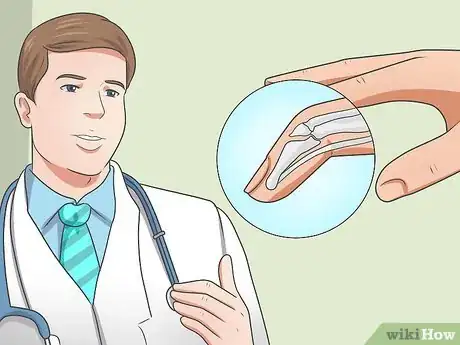
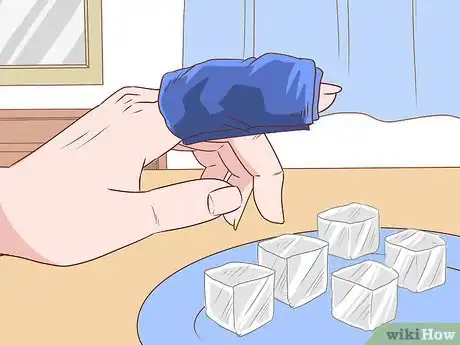
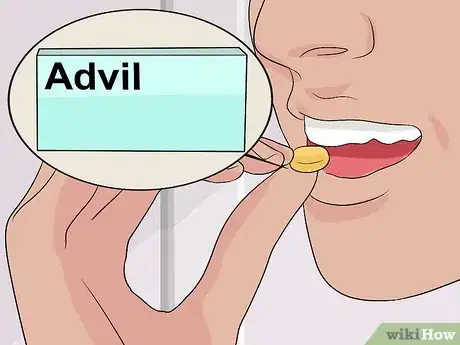
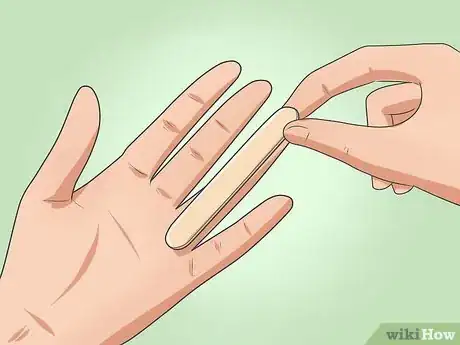

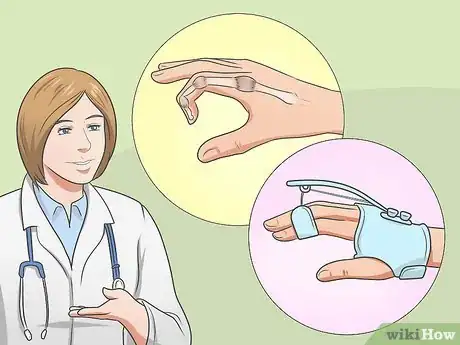
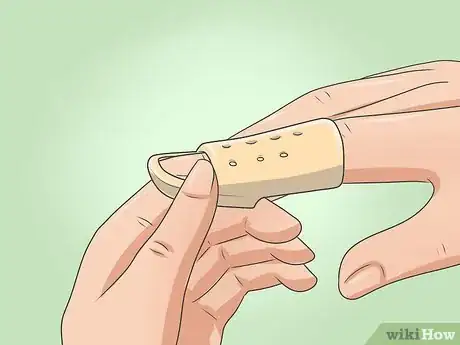
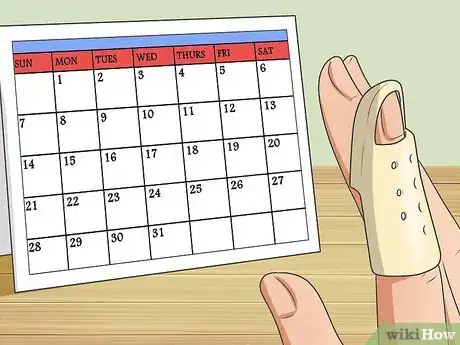
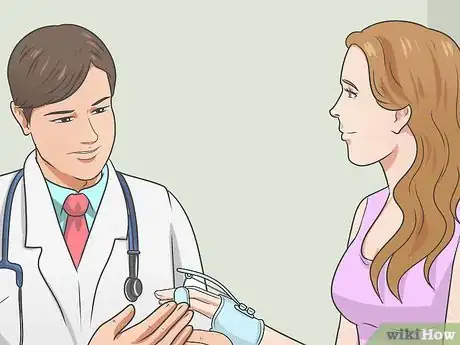
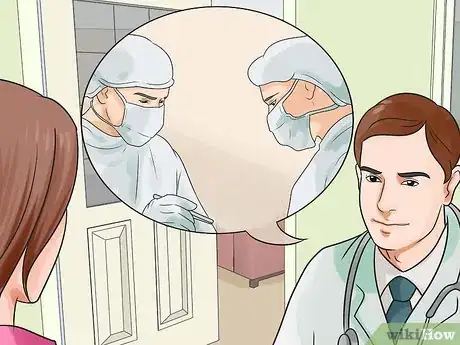
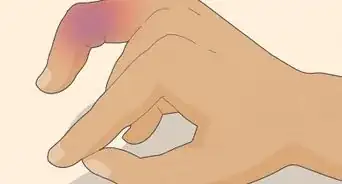

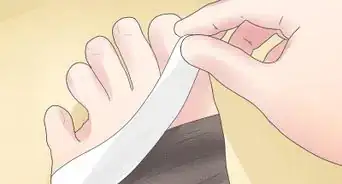





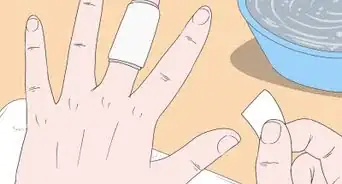
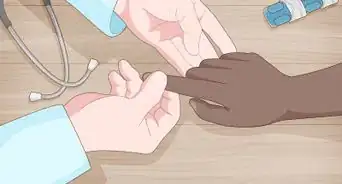
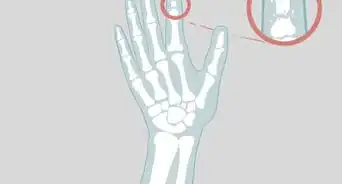













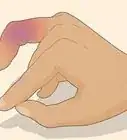

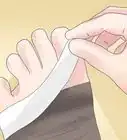




































Medical Disclaimer
The content of this article is not intended to be a substitute for professional medical advice, examination, diagnosis, or treatment. You should always contact your doctor or other qualified healthcare professional before starting, changing, or stopping any kind of health treatment.
Read More...